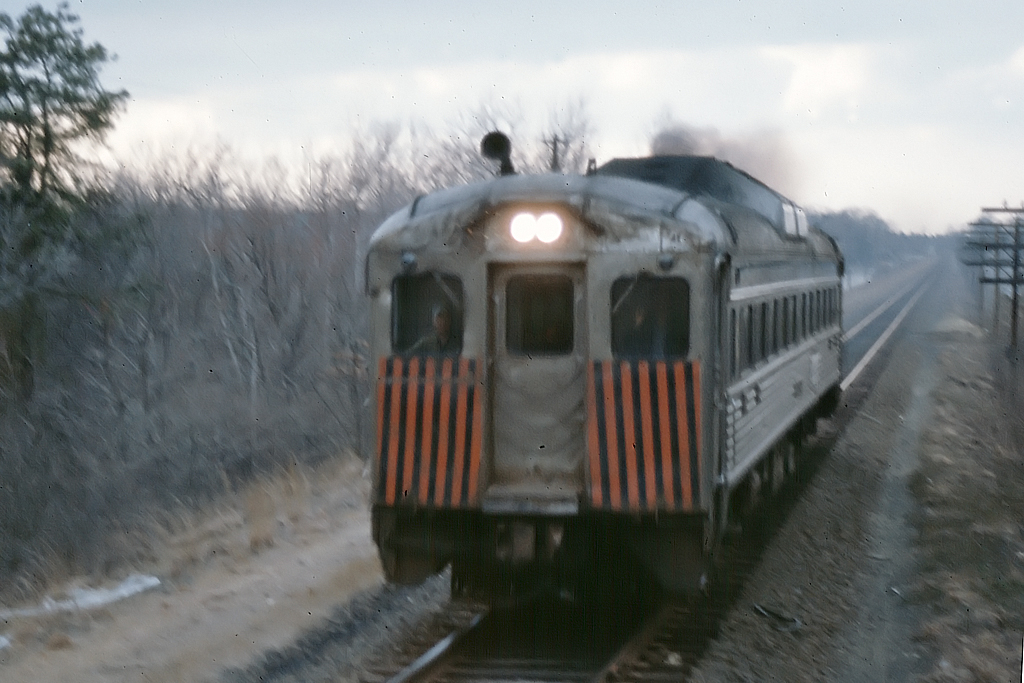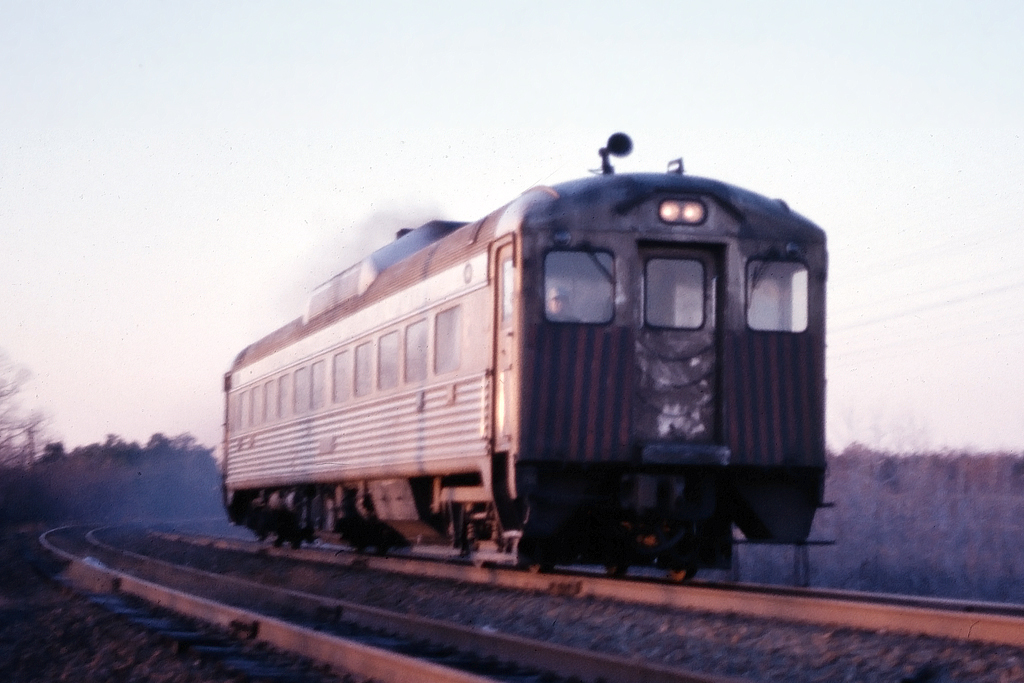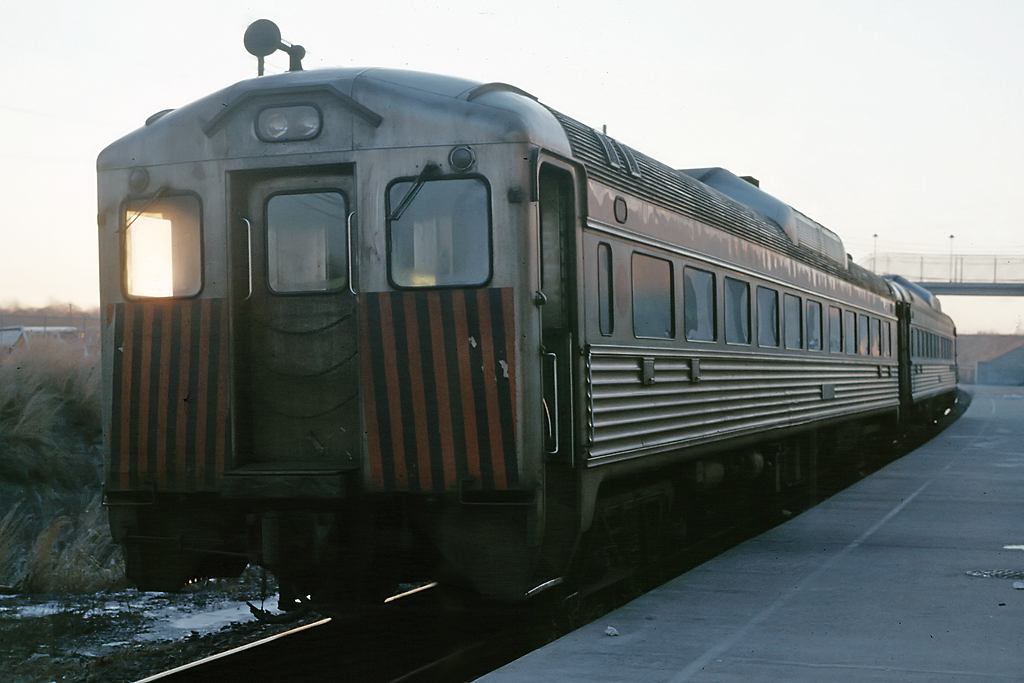There were places they would run them at balancing speed – whatever that turned out to be – where the signal system allowed.
A potential ‘catch’, though, is that RDC speedometers were notoriously optimistic, like those on some Italian cars, so you might easily see the needle pushing “100mph” while the train was in the balancing range indicated in a prior post. I thought the ride for single cars in the high speed ranges was … not as good … as it was for longer trains of RDCs.
I remember riding LIRR PJ rust bucket cars behind GP38’s; wonderful sound but a very leisurely ride most of the time. But when pulled by a pair, pickup was very nice.
I alway use the timed milepost method, grabbing a few consecutive.
Don, I have long understood that cab signals were as good as ATC or ATS, so far as the ICC was concerned, for allowing high speeds–with either ATC or ATS, the ICC had no restrictions as to speed (of course, track conditions and curvature will dictate lower speeds). Does having ATC no longer allow the same speed as ATC and ATS?
Cab signals will not stop the train if it runs a block, which ATS does, or if it exceeds a permitted speed limit set by signals, as ATC does.
In practice, a good ATC system will include continuous cab display, as it gives immediate notice of a restrictive condition or accident to the track structure. But it is quite possible (and cost-saving) to have nothing but a system that stops any train that ‘runs a signal’. Whereas an unwatched cab signal is no better than a missed distant or home signal as far as the train-control order is concerned…
Most Cab Signal systems incorporate a braking system that are similar to ATS. Pass a signal that is more restricting (Like Approach Medium 45 mph) while cruising at 60 mph and if the alerter is ignored, there will be an emergency brake application. And I I think if a service application is initiated, it will forstall the emergency application. I suppose some RR’s did not have that.
Don, My recollection was that Pennsy’s system was modified for freight at some point due to issues with emergency brake applications causing derailments until the Gunpowder crash. Otherwise I thought it was an ATC system. But the GRS ATS system could only stop a train at a block signal where the transponder (shoe) was located.
My recollection was that Pennsy’s system as originally built was signal-only (I don’t have my references handy, but all the details involved tone modulation and subsequent avoidance of harmonics from 25Hz power) and was then given some “ATC” add-ons in the wake of a couple of accidents after the late '40s (LIRR had its own proprietary little kludge) – I think culminating in the ‘Captain’ system in the 1960s.
If I remember discussion of the Chase wreck correctly, the contemporary Conrail ‘freight’ setup had the alerter whistle and all, but did not have a connection with the brake system at all (it being dangerous to set train emergency on long, heavy fast freight consists as a ‘penalty brake’ as with default passenger use of ATS - this was a known issue with NJT’s experimentation with their PTC in the '80s).


